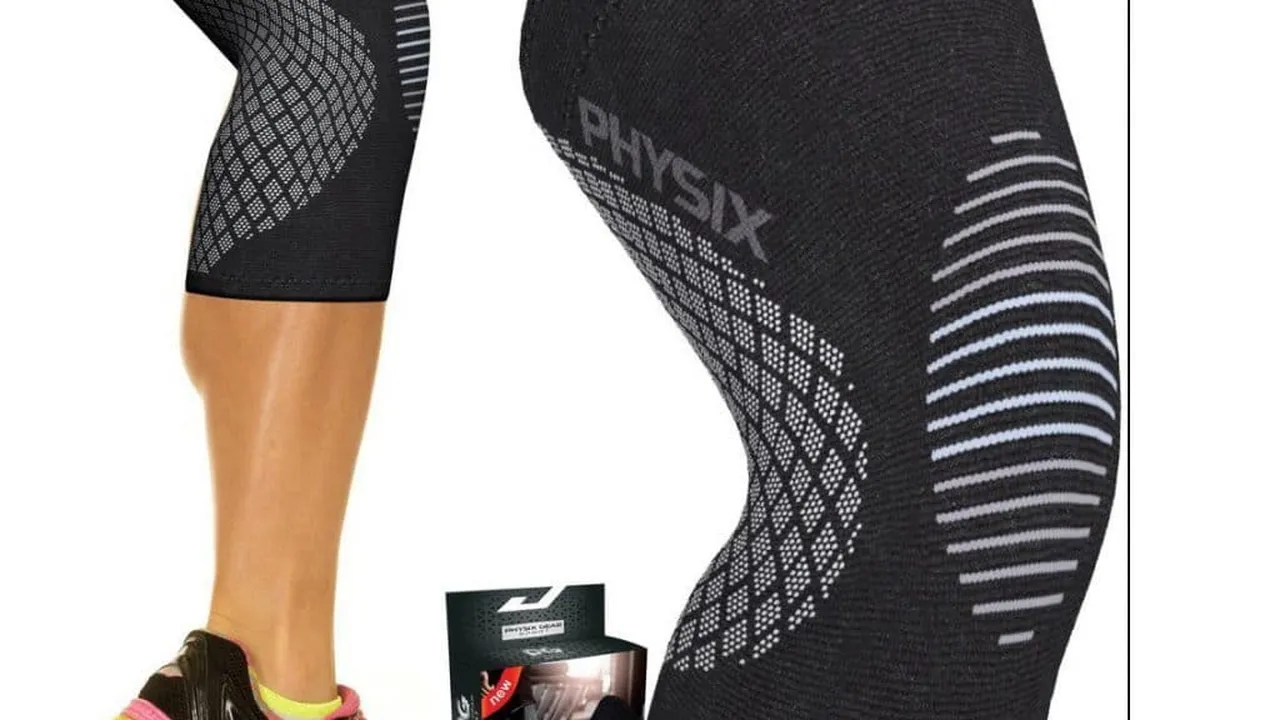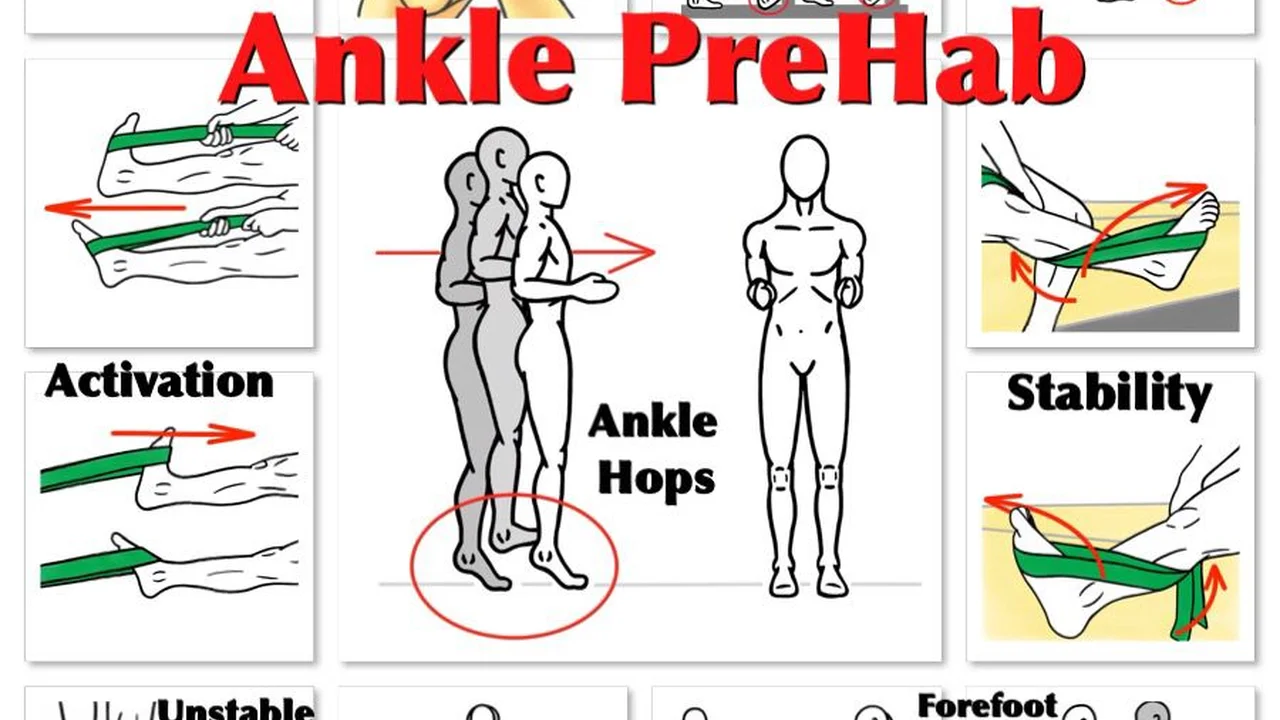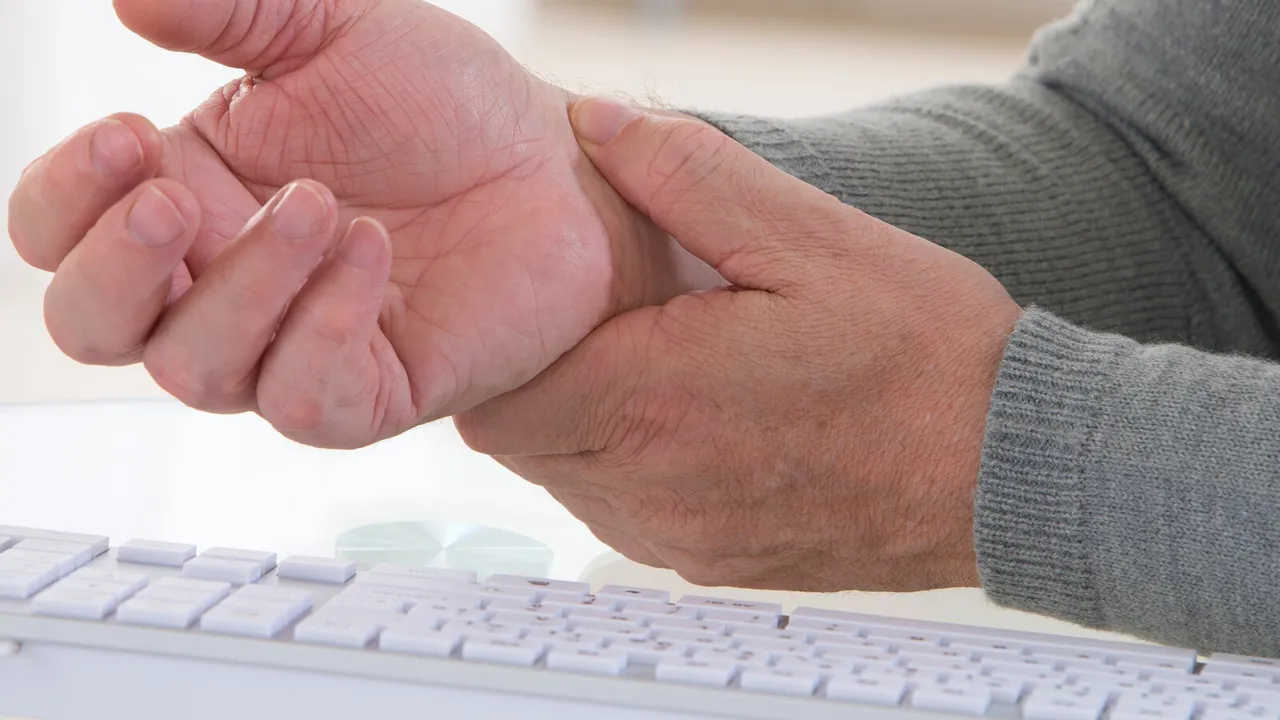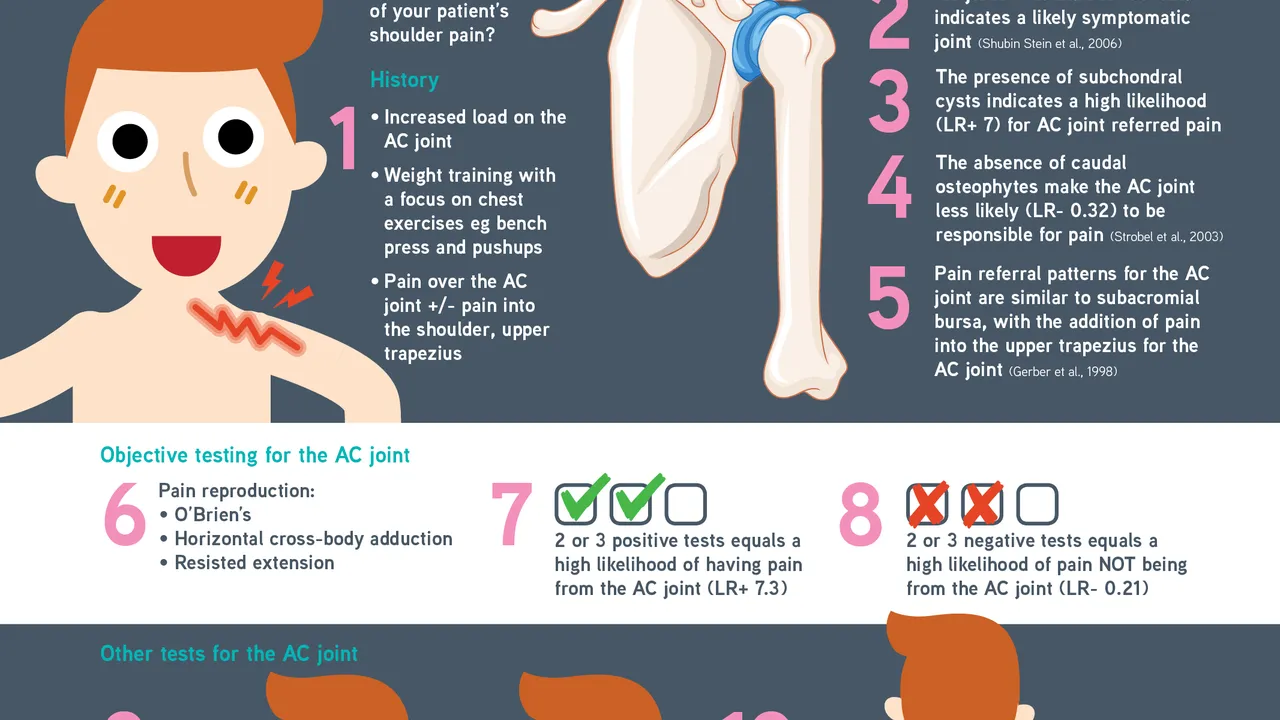Best Compression Sleeves for Knee Support and Recovery

Understanding Knee Pain and the Role of Compression Sleeves
Knee pain. Just hearing those words can make you wince, right? It's a common complaint, affecting people of all ages and activity levels. Whether you're an athlete pushing your limits, a weekend warrior overdoing it on the trails, or simply dealing with the aches and pains of aging, knee pain can significantly impact your quality of life. So, what's the deal with knee pain, and how can compression sleeves help?
Well, knee pain can stem from a variety of sources. Injuries like sprains, strains, meniscus tears, and ligament damage are common culprits. Osteoarthritis, a degenerative joint condition, is another frequent cause, especially in older adults. Overuse injuries, like runner's knee (patellofemoral pain syndrome) or tendinitis, can also lead to discomfort. Even simple things like poor posture or improper footwear can contribute to knee pain.
But what about compression sleeves? How do these seemingly simple garments offer relief? The answer lies in their ability to provide support, stability, and improved circulation. When you wear a compression sleeve, it applies gentle pressure to the knee joint. This pressure helps to:
- Stabilize the knee: The sleeve acts like a brace, supporting the ligaments and tendons around the knee and reducing the risk of further injury.
- Reduce swelling and inflammation: Compression helps to improve blood flow and lymphatic drainage, which can reduce swelling and inflammation in the knee joint.
- Increase blood flow: Enhanced circulation delivers more oxygen and nutrients to the tissues around the knee, promoting healing and reducing pain.
- Improve proprioception: Proprioception is your body's ability to sense its position in space. Compression sleeves can help to improve proprioception in the knee, which can enhance balance and coordination and reduce the risk of falls.
In short, compression sleeves can be a valuable tool for managing knee pain and promoting recovery. But with so many options on the market, how do you choose the right one for you?
Top Compression Sleeves for Knee Support A Detailed Review
Alright, let's dive into some specific compression sleeves that stand out from the crowd. We'll look at their features, benefits, and potential drawbacks to help you make an informed decision.
1. Bauerfeind Genutrain Knee Support
The Bauerfeind Genutrain is a popular choice among athletes and individuals seeking high-quality knee support. It's known for its innovative design and exceptional comfort.
Key Features:
- Medical-grade compression: Provides targeted compression to the knee joint, reducing pain and swelling.
- Viscoelastic pads: Integrated pads massage the knee during movement, further reducing pain and promoting healing.
- Breathable knit fabric: Offers excellent comfort and ventilation, even during strenuous activity.
- Anatomical shape: Ensures a secure and comfortable fit.
Pros:
- Exceptional support and stability
- Comfortable for all-day wear
- Durable and long-lasting
Cons:
- Higher price point compared to other options
- May be too bulky for some individuals
Use Cases: Ideal for athletes, individuals with osteoarthritis, and those recovering from knee injuries.
Pricing: Typically ranges from $100 to $150.
2. McDavid 401 Knee Support Sleeve
The McDavid 401 is a versatile and affordable compression sleeve that provides excellent support and protection. It's a great option for a wide range of activities.
Key Features:
- Open patella design: Reduces pressure on the kneecap, providing added comfort and support.
- Heavy-duty neoprene construction: Offers excellent compression and thermal support.
- Adjustable straps: Allow for a customized fit.
Pros:
- Affordable price
- Provides good support and stability
- Adjustable for a comfortable fit
Cons:
- Neoprene can be less breathable than other materials
- May not be as durable as higher-end options
Use Cases: Suitable for a variety of activities, including running, basketball, and weightlifting. Also good for general knee pain relief.
Pricing: Typically ranges from $20 to $40.
3. POWERLIX Knee Compression Sleeve
The POWERLIX Knee Compression Sleeve is a popular choice due to its comfort, affordability, and wide range of sizes. It's a great option for everyday wear and light activities.
Key Features:
- 3D knitting technology: Provides a comfortable and contoured fit.
- Anti-slip silicone grip: Keeps the sleeve in place during activity.
- Breathable fabric: Wicks away moisture to keep you cool and dry.
Pros:
- Very affordable
- Comfortable for all-day wear
- Wide range of sizes available
Cons:
- May not provide as much support as other options
- Durability may be a concern with heavy use
Use Cases: Ideal for everyday wear, light exercise, and general knee pain relief.
Pricing: Typically ranges from $15 to $30.
4. DonJoy Playmaker II Knee Brace
While technically a brace, the DonJoy Playmaker II offers compression and robust support, making it a viable option for those needing more than just a sleeve. It's often recommended for moderate to severe knee instability.
Key Features:
- Four-point leverage system: Provides maximum stability and protection.
- Lightweight design: Comfortable for extended wear.
- Adjustable hinges: Allow for a customized range of motion.
Pros:
- Excellent stability and protection
- Lightweight and comfortable
- Adjustable for a customized fit
Cons:
- More expensive than compression sleeves
- May be too bulky for some activities
Use Cases: Recommended for individuals with ACL, MCL, or LCL injuries, as well as those with knee instability.
Pricing: Typically ranges from $200 to $300.
5. Cambivo 2 Pack Knee Brace Knee Sleeves
The Cambivo 2 Pack Knee Brace Knee Sleeves offers excellent value, providing two sleeves for the price of one. They are designed for comfort and flexibility, making them suitable for various activities.
Key Features:
- High-elastic fabric: Offers excellent flexibility and freedom of movement.
- Double anti-slip silicone: Keeps the sleeves in place during activity.
- Breathable and moisture-wicking: Provides comfort and prevents overheating.
Pros:
- Great value (two sleeves for the price of one)
- Comfortable and flexible
- Good for various activities
Cons:
- May not provide as much support as more robust options
- Durability may be a concern with heavy use
Use Cases: Suitable for running, walking, hiking, and other moderate-impact activities.
Pricing: Typically ranges from $20 to $35 for a pack of two.
Choosing the Right Compression Sleeve Factors to Consider
Okay, so you've seen some of the top options. But how do you actually pick the *right* one for *you*? Here are some key factors to consider:
Severity of Knee Pain
The level of support you need will depend on the severity of your knee pain. For mild pain and discomfort, a basic compression sleeve like the POWERLIX or Cambivo might be sufficient. For more moderate to severe pain, or if you have a specific injury, you might need a more supportive option like the Bauerfeind Genutrain or even a brace like the DonJoy Playmaker II.
Activity Level
Consider the types of activities you'll be doing while wearing the sleeve. If you're primarily using it for everyday wear or light exercise, comfort and flexibility are key. If you're engaging in high-impact activities or sports, you'll need a sleeve that provides more support and stability.
Material and Breathability
The material of the sleeve can significantly impact comfort. Neoprene provides excellent compression and thermal support but can be less breathable. Knit fabrics are generally more breathable and comfortable for extended wear. Look for sleeves with moisture-wicking properties to keep you cool and dry.
Fit and Sizing
A proper fit is crucial for optimal support and comfort. Measure your knee circumference according to the manufacturer's instructions and choose the appropriate size. The sleeve should feel snug but not too tight. It should stay in place during activity without slipping or bunching.
Open vs Closed Patella Design
An open patella design features a hole around the kneecap, which can reduce pressure and improve comfort. This design is often preferred for individuals with patellofemoral pain syndrome (runner's knee). A closed patella design provides more overall support and compression.
Budget
Compression sleeves range in price from around $15 to over $150. Consider your budget and choose a sleeve that offers the best value for your needs. Remember that a higher price doesn't always guarantee better performance, but it often reflects higher-quality materials and construction.
Compression Sleeves for Specific Knee Conditions
Let's get a little more specific. Different knee conditions can benefit from different types of compression sleeves. Here's a quick guide:
Osteoarthritis
For osteoarthritis, look for compression sleeves that provide good support and compression to reduce pain and swelling. The Bauerfeind Genutrain is a popular choice due to its medical-grade compression and viscoelastic pads. Also, consider sleeves with added features like hinges for extra support.
Runner's Knee (Patellofemoral Pain Syndrome)
For runner's knee, choose a compression sleeve with an open patella design to reduce pressure on the kneecap. The McDavid 401 is a good option due to its open patella and adjustable straps. Focus on sleeves that promote proper tracking of the patella.
ACL, MCL, and LCL Injuries
For ACL, MCL, and LCL injuries, you'll likely need a more supportive brace than a simple compression sleeve. The DonJoy Playmaker II provides excellent stability and protection for these types of injuries. Consult with your doctor or physical therapist to determine the best brace for your specific condition.
Meniscus Tears
For meniscus tears, a compression sleeve can help to reduce pain and swelling. Look for sleeves that provide good support and stability to the knee joint. Consider sleeves with hinges for added support. It's crucial to consult with a medical professional to determine the severity of the tear and the appropriate treatment plan.
General Knee Pain and Soreness
For general knee pain and soreness, a basic compression sleeve like the POWERLIX or Cambivo might be sufficient. These sleeves provide gentle compression and support to help reduce pain and inflammation. Focus on comfort and breathability for all-day wear.
How to Properly Use and Care for Your Compression Sleeve
You've got your sleeve. Now what? Here's how to get the most out of it:
Putting on Your Compression Sleeve
Make sure your skin is clean and dry before putting on the sleeve. Gently slide the sleeve up your leg, positioning it so that the kneecap is centered within the opening (if applicable). Ensure the sleeve is snug but not too tight. Avoid bunching or folding the fabric.
Wearing Your Compression Sleeve
You can wear your compression sleeve during activity or throughout the day. It's generally safe to wear it for extended periods, but listen to your body. If you experience any numbness, tingling, or excessive discomfort, remove the sleeve immediately.
Washing Your Compression Sleeve
Follow the manufacturer's instructions for washing your compression sleeve. Most sleeves can be machine washed in cold water on a gentle cycle. Avoid using bleach or fabric softeners, as these can damage the fabric. Tumble dry on low heat or hang to dry.
Storing Your Compression Sleeve
Store your compression sleeve in a cool, dry place away from direct sunlight. Avoid storing it in a compressed or folded position, as this can damage the elastic fibers.
The Science Behind Compression Sleeves Do They Really Work?
You might be wondering, "Do these things *actually* work?" It's a valid question! Let's look at the science.
Numerous studies have investigated the effectiveness of compression sleeves for knee pain and recovery. While the results are mixed, many studies have shown that compression sleeves can:
- Reduce pain and swelling
- Improve proprioception
- Enhance muscle performance
- Accelerate recovery after exercise
However, it's important to note that compression sleeves are not a cure-all for knee pain. They are most effective when used in conjunction with other treatments, such as physical therapy, medication, and lifestyle modifications. Also, the effectiveness of compression sleeves can vary depending on the individual and the specific condition.
More research is needed to fully understand the benefits of compression sleeves and to determine the optimal compression levels and wearing schedules. However, the existing evidence suggests that compression sleeves can be a valuable tool for managing knee pain and promoting recovery.
Knee Pain Prevention Tips Beyond Compression Sleeves
While compression sleeves can be helpful, they're just one piece of the puzzle. Here are some other things you can do to prevent knee pain:
Maintain a Healthy Weight
Excess weight puts extra stress on your knees, increasing your risk of pain and injury. Maintaining a healthy weight can significantly reduce the load on your knees and prevent problems.
Strengthen Your Leg Muscles
Strong leg muscles provide support and stability for your knees. Focus on exercises that strengthen your quadriceps, hamstrings, and calf muscles. Examples include squats, lunges, and calf raises.
Stretch Regularly
Stretching helps to improve flexibility and range of motion in your knees. Stretch your quadriceps, hamstrings, and calf muscles regularly. Hold each stretch for 20-30 seconds.
Use Proper Form During Exercise
Improper form during exercise can put excessive stress on your knees. Make sure you're using proper form when lifting weights, running, or participating in other activities. Consider working with a trainer to learn proper techniques.
Wear Supportive Footwear
Supportive footwear can help to align your body and reduce stress on your knees. Choose shoes that provide good arch support and cushioning. Avoid wearing high heels or flat shoes for extended periods.
Listen to Your Body
Pay attention to your body and stop if you feel any pain. Don't push yourself too hard, especially when starting a new activity. Gradual progression is key to preventing injuries.
When to See a Doctor About Your Knee Pain
Compression sleeves and self-care measures can often help to manage mild knee pain. However, it's important to see a doctor if you experience any of the following:
- Severe pain
- Inability to bear weight on your knee
- Significant swelling or bruising
- Locking or catching of the knee
- Deformity of the knee
- Pain that doesn't improve with rest and self-care
These symptoms could indicate a more serious injury that requires medical attention.
Alternative Knee Support Options Beyond Compression
Compression sleeves are great, but what else is out there? Let's explore some alternatives:
Knee Braces
As mentioned earlier, knee braces offer more support and stability than compression sleeves. They are often recommended for individuals with moderate to severe knee injuries or instability. Braces come in various types, including hinged braces, patellar stabilizing braces, and unloader braces.
Physical Therapy
Physical therapy can help to strengthen the muscles around your knee, improve flexibility, and reduce pain. A physical therapist can also teach you proper form and techniques to prevent future injuries.
Medications
Over-the-counter pain relievers, such as ibuprofen and naproxen, can help to reduce pain and inflammation. In some cases, your doctor may prescribe stronger pain medications or corticosteroids.
Injections
Injections, such as cortisone injections and hyaluronic acid injections, can help to reduce pain and inflammation in the knee joint. These injections are typically used for individuals with osteoarthritis.
Surgery
Surgery may be necessary for severe knee injuries, such as ACL tears or meniscus tears. Surgical options include arthroscopic surgery and knee replacement surgery.
Living with Knee Pain Tips for a More Comfortable Life
Dealing with chronic knee pain can be challenging, but there are things you can do to improve your quality of life:
Modify Your Activities
Adjust your activities to avoid putting excessive stress on your knees. For example, you might switch from running to swimming or cycling. Choose low-impact activities that are gentle on your joints.
Use Assistive Devices
Assistive devices, such as canes and walkers, can help to reduce the load on your knees and improve stability. Consider using these devices if you have difficulty walking or standing for extended periods.
Maintain a Positive Attitude
Chronic pain can take a toll on your mental health. Try to maintain a positive attitude and focus on the things you can do. Seek support from friends, family, or a therapist.
Practice Relaxation Techniques
Relaxation techniques, such as meditation and deep breathing, can help to reduce stress and pain. Practice these techniques regularly to improve your overall well-being.
By understanding the causes of knee pain, choosing the right compression sleeve, and implementing other preventative measures, you can take control of your knee health and live a more active and comfortable life. Remember to consult with a healthcare professional for personalized advice and treatment options.
:max_bytes(150000):strip_icc()/277019-baked-pork-chops-with-cream-of-mushroom-soup-DDMFS-beauty-4x3-BG-7505-5762b731cf30447d9cbbbbbf387beafa.jpg)





